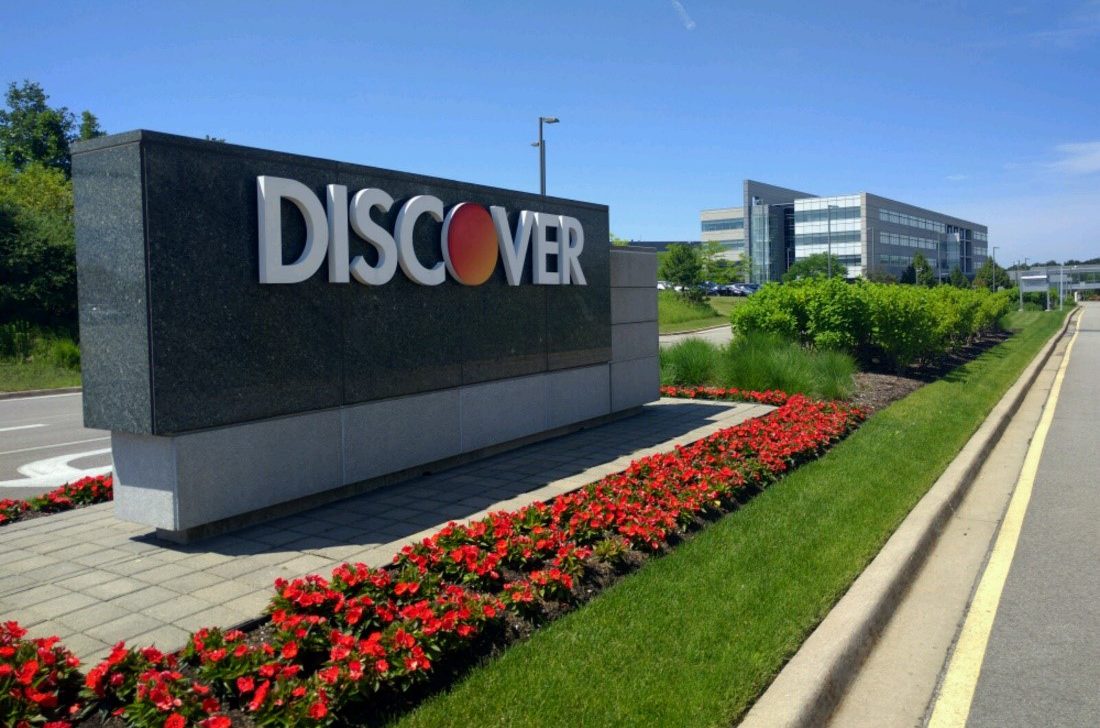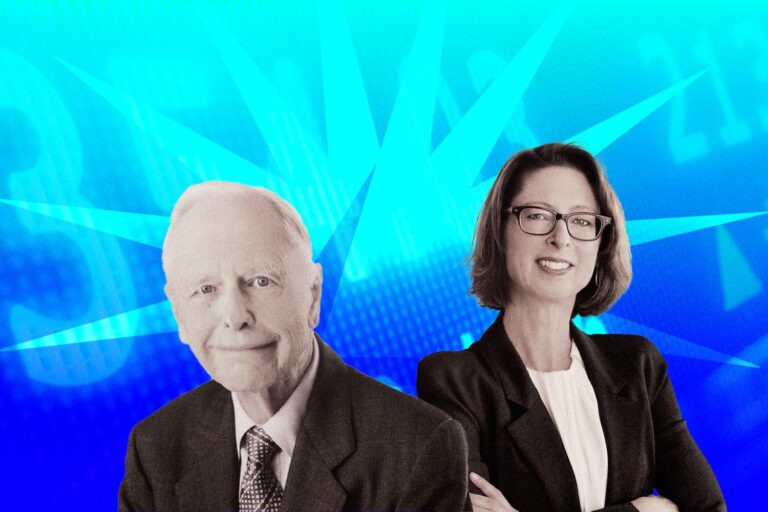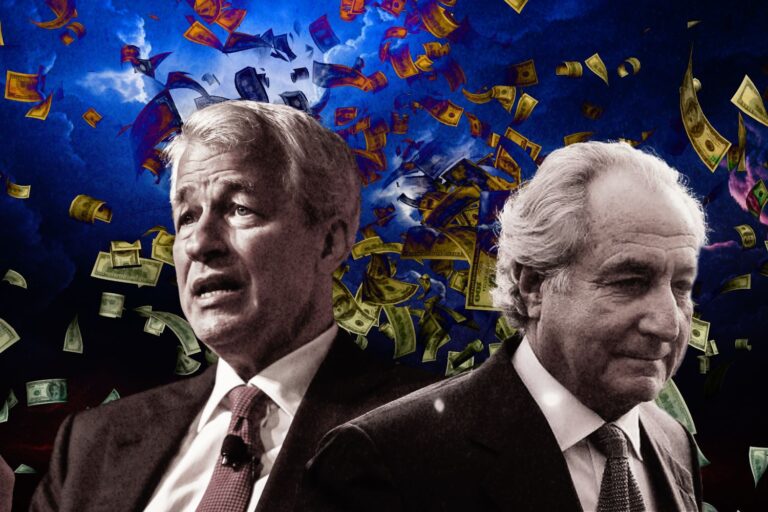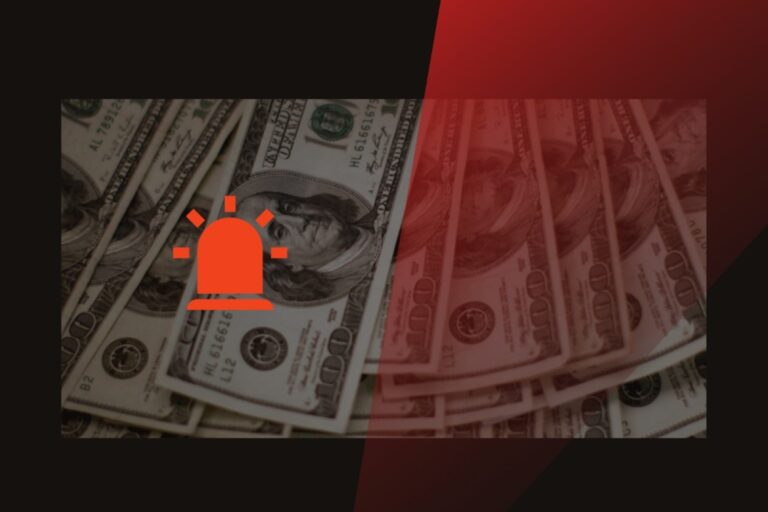Discover Cards: Cash-Back Rewards Strategy to Become Fourth-Largest Credit Issuer
Credit cards are a trillion-dollar industry. In 2018, they were swiped nearly 45 billion times, paying for products and services worth just under four trillion dollars. Americans owe around one point one trillion dollars in credit card debt, about five thousand seven hundred dollars each. If you think about credit cards, there’s a good chance that the first few names that come to mind are the big three issuers: Visa, Mastercard, and American Express. But there are so many different financial companies that offer credit card services that consumers are no longer limited to just these three. While it may not be as familiar as others, the Discover card offers cardholders some of the same perks and benefits as its counterparts—plus a few of its own.
What Makes This Company Attracted to Mid-Market Segment?
Discover is a credit card brand issued primarily in the United States. It was introduced by Sears in 1985. When launched, Discover did not charge an annual fee and offered a higher-than-normal credit limit, features that were disruptive to the existing credit card industry. A subsequent innovation was “Cashback Bonus” on purchases. Discover has the 10th largest credit card portfolio in the world, despite a smaller footprint outside of the U.S. Still, there are 57 million Discover cards out there. The Discover credit cards topped the J.D. Power Customer Satisfaction Survey in 2019.
Giants like MasterCard, Visa and Amex dominate the network market. Chase, Citi, Amex and Capital One are the biggest issuers. A quiet but a steady and perhaps lesser talked about competitor is Discover. “We’re not one of the companies that’s always out there talking about how great we are. The number one performing stock of all financials in the S&P for a 10-year period is not just an average company.” – said Roger.
Discover Credit Card Main Features

The Discover “it” card, as the company’s card was branded in 2013, comes in eight basic varieties including:
- The flagship Cash Back card
- Student Chrome
- Student Cash Back
- Travel
- Secured
- Gas & Restaurant
- Business
- NHL
Staying true to its roots, the card still has no annual fee, and also does not charge its customers a foreign transaction fee. Discover won’t charge a late fee for the first missed or late payment, either. Each of your monthly statements also comes with a free FICO score. As with all credit cards, you are not responsible for fraudulent transactions.
Features vary, depending on the card. The flagship Discover Cash Back card offers 5% cash back on certain categories that change throughout the year. Discover also promises to match all of the cash back at the end of the year for the first year. Flagship Cash Back, Gas & Restaurant and NHL cards have an introductory 0% annual percentage rate (APR) for purchases and balance transfers for the first 14 months. The introductory 0% APR for student cards is for six months and applies for purchases only.
Like all credit cards, the attractiveness of Discover card’s terms depends on your credit score. For non-student cards, those with borderline credit could see an APR of 22.99%, but customers with stellar credit scores might be offered a 11.99% rate. The student cards have an introductory 0% APR for the first six months on purchases, then range from 12.99% to 21.99%. The APR for cash advances is 24.99% for all cards; you pay $10 or 5% of the amount, whichever is higher, as a fee.
Discover it Cash Back Card Pros & Cons
| Pros | Cons |
| – Good for people who want to earn high cash back for everyday purchases – No annual fee – No foreign transaction fees User-friendly online banking system | – No travel rewards – Penalty APR if you carry a balance month-to-month – 5% cash back is limited every quarter |
How Did Discover Win Over the American Middle Class?
#1 Network vs. issuer
To understand the credit card industry, it’s important to know the difference between a credit card network and an issuer. The network is basically the digital rails on which transactions are processed. A card issuer is the company who actually takes on the credit risk. Discover and American Express are both an issuer and a network. It is said that gives them some diversity in their business model. It also gives them a really stable source of revenue, at least from the processing side. Very different from the credit side of the equation where that could be a lot more profitable if they’re charging you 18, 20, 25 percent interest. But there’s also risk there. And it’s also less predictable in terms of the transactors – the consumer who pays bill in full every month and the revolvers – consumer who keeps a balance every month. People who are paying their bills in full or people who carry debt from month to month.
Forty percent of Americans are transactors. 60 percent carry debt from month to month. Discover CEO Roger Hochschild said that “Our model is lend focused. We’re looking for people and we make most of our money from people who borrow money. American Express’ model is much more spend focused.” For issuers American Express and J.P. Morgan Chase interchange the top two slots on purchase volume and outstanding debt. Citibank, Bank of America and Capital One fill up slots 3 to 5. Discover is sixth.
#2 Sears and The Supreme Court Decision

The Discover credit card was launched in 1986 by Sears Roebuck, the largest retailer at the time. Back then it was part of Dean Witter, which was part of Sears, and they launched during Super Bowl Twenty. They had this commercial back in early 1986. They talked about the dawn of Discover and they really pioneered two main categories cashback and no annual fee.
Sears wanted to expand into financial services and decided to accept only this year’s Discover card at its stores. Many merchants actually viewed them as a threat, and they thought that accepting a Discover card meant they were helping their rival Sears. So that really led to a lot of hesitation and difficulty for Discover establishing itself. In 1993, Dean Witter Discovering Company became a publicly traded company when it spun off from Sears. Sears eventually filed for bankruptcy in 2018. But that’s another story. In 1997, Dean Witter Discovering company merged with Morgan Stanley.
The mid 2000s were eventful for Discover and the barrier to entry did not end at Sears front door. MasterCard and Visa were established in the industry and Discover wanted in. In 2004, the Supreme Court upheld a ruling in Discover’s favor. Discover claimed that MasterCard and Visa had harmed its business by preventing their member banks from issuing credit cards from the Discover Network.
“They did everything they could, including reaching out to merchants to tell them that taking Discover would help Sears.” – said Roger. After the Supreme Court ruling Discover’s business started taking off. G Consumer Finance Wal-Mart and Sam’s Club became card clients and pulls a debit card network was acquired with more than 50 million cardholders; the company had become a major player. In July 2007, only six months before the Great Recession, Discover severed ties with Morgan Stanley and started trading on the New York Stock Exchange as DFS. In the midst of the downturn the company received welcoming news. Visa and MasterCard paid Discover nearly $3 billion in damages after finally settling the lawsuit.
#3 Discovery Has Bet on the Middle Class
Unlike other attempts at creating a credit card to rival MasterCard and Visa, such as Citibank’s Choice card, Discover gained a large national consumer base. Discover strategy remains simple charge no annual fee, offer simple rewards like cashback, conduct all business online 24/7 U.S.-based customer service and acquire and keep the customers who will revolve a balance every month. Cardholders could also earn a “Cashback Bonus”, in which a percentage of the amount spent would be refunded to the account (from 1% to 5%), depending on how much the card was used
“There is a relentless focus here at Discover on a limited set of businesses. You compare us to most other banks that are big in credit cards that have got commercial real estate, they have small business lending. We’re focused on consumers.” – said Roger. That consumer is a prime borrower. 81 percent of Discover’s customers have a FICO score of 660 and above. Competitors like American Express caters to a more affluent customer base with a higher average FICO score, and Capital One serves subprime borrowers with an average score below that of Discover’s customers. “We might be more like Toyota and American Express, maybe more like Mercedes.” It is said that the typical Discover customer is probably a little bit more likely to be middle class or even lower middle class, maybe more likely to be a parent, maybe more likely to live in middle America.
While competitors have aped its many of its innovations, Discover ranks high in customer service and satisfaction among credit card companies. According to the J.D. Power Customer Satisfaction Survey, Discover has been voted number one every year since 2014, except for in 2017. David Robertson, publisher of the Nilson Report said that “It’s very difficult in this stage of the game in the United States in a very mature market to grow your business because so many people already have a card. But it’s doing a really, really good job of keeping the customers it has very satisfied with the value proposition that it’s offering.” Sometimes, these airline mile cards get a lot more attention because that’s just a sexier kind of redemption. It’s first class airport lounge, all that fancy stuff. The fact is, though, we found that about two thirds of credit card rewards chasers prefer cashback. Discover’s balance sheet reflects the companies improving finances since the 2008 recession. “The investors that are here looking for, you know, high capital return, I mean, they’ve been roughly around that 70 percent plus payout to investors through dividends, share repurchases. And so, it’s about having a high R.O.T.C.E. Having a very stable but growing business model” – according to Dominick Gabriele – Senior Analyst of Oppenheimer & Co.
The Future of Discover

The last few years have not stocked up for the Discover stock in a one year and a five-year comparison. It underperformed that of the S&P 500 and multiple competitors. On January 24, 2020, a day after the company’s earnings call the stock fell by 11 percent, the most it had done in 10 years. It was announced that their share of high-risk customers, something called troubled debt restructurings, increased by nearly 50 percent, something that has worried investors.
The Discover CEO Roger Hochschild said to CNBC that “The market and individual stock prices can be volatile from time to time. Our focus is on continuing to build the long-term value of the Discover franchise, which we believe will be reflected in a stock’s valuation over time. Data show that younger generations aren’t as enthused about credit cards, and though people as a whole spend more and more on credit cards, revolving debt has declined nearly every year in the past two decades, potentially hurting companies like Discover, who depend on finance charges.”
From the view of expert, if you want to continue to talk to your shareholders and give them a successful story, you’re going to have to come up with something that’s going to look better than just steady as it goes. It would not be surprising if in time we see Discover either making an acquisition through merger with another credit card issuer or being acquired by somebody bigger.
“In this day and age, it’s hard to know what’s going to happen, but I would say, we have a complete business model. We’re strong on both sides of the balance sheet, if you think about our lending products, but also our deposit products. So, I feel very good about how Discover’s positioned.” – said Roger Hochschild.
The Bottom Line
Discover came to the market in 1986 as a more customer-friendly card. Today, the cards maintain those traits, but the benefits that set the brand apart years ago are now fairly standard in the industry. Carefully review the terms on each of its cards before applying.
“The US consumer is doing very, very well. Strong consumer sentiment, strong retail spending, very low unemployment. All of those things are great for the credit card industry.” – said Roger Hochschild – CEO of Discover. Credit card processing companies will continue to be a key driver in the payment ecosystem, with credit card payments set to remain the largest in-store payment type by volume – forecasted to reach $1.82 trillion in annual volume by 2024.








